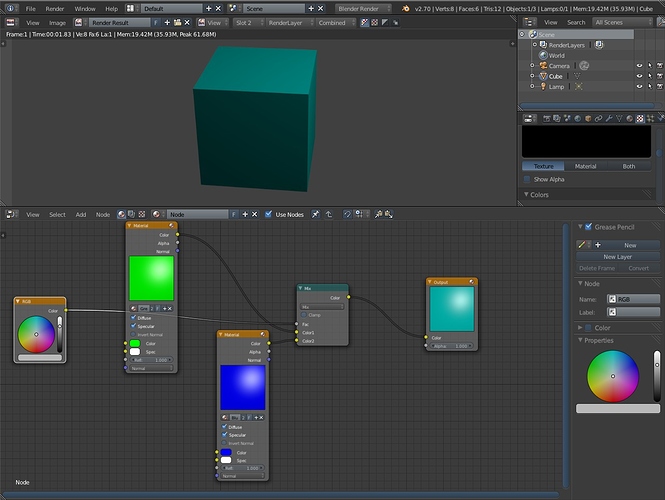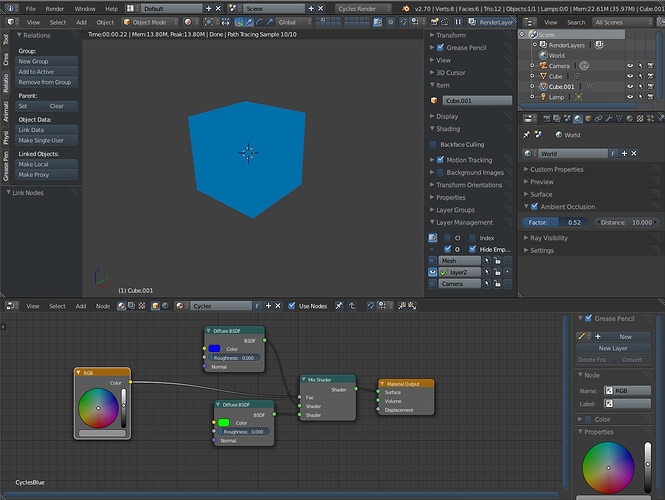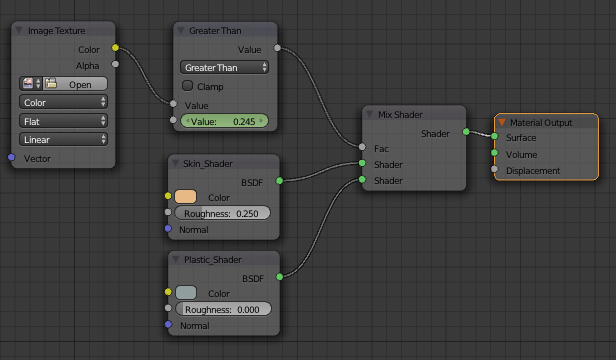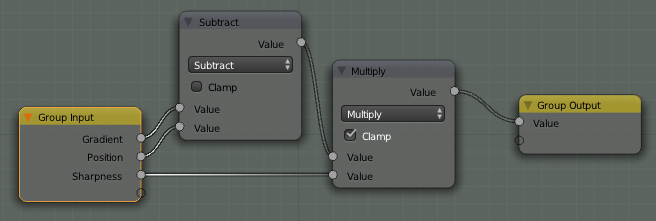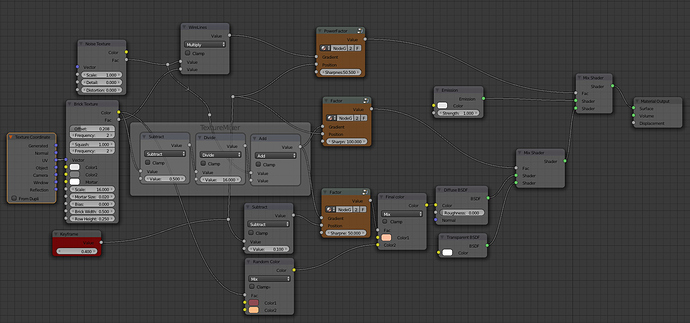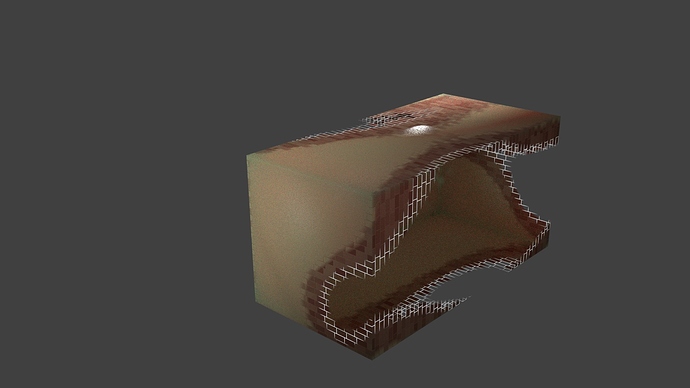I don’t have much time now to illustrate the math in all the nodes, but if you want i can do it in the weekend. 
but the math is not so complicated…
in the first node group, the subtraction makes the gradient shift from right to left… imagine the simple gradient node, where you have [0, 0.25, 0.5, 0.75, 1]. if you subtract 0.25 to the gradient, then the first point will be negative and at 1/4 position we get 0, and so on to look like [-0.25, 0, 0.25, 0.5, 0.75]. This way we can use a variable to set where 0 is going to be, just by subtracting it to the gradient.
the multiplication, that cames next, changes the slope of this gradient. if i multiply the result from the subtraction, by 2, i’ll get [-0.5, 0, 0.5, 1, 1.5]. so this way we have the [0, 1] occupying only half of the original gradient, and the rest is either bellow 0 or bigger than 1, but as we clamp the multiply node, they stay just like [ 0, 0, 0.5, 1, 1].
in the second node group i added a power of 2, which makes a parabola, changing the sign of the negative part, to positive, [0.25, 0, 0.25, 1, 2.25]. This way the gradient becomes like a fadin/fadeout, but keeping our 0 at the position we subtract initially (0.25)
the math in the texture mixer, works more or less in the same way as a RGBmixer. So i change the brick texture limits from [0,1] to [- .5,0.5] and divided it by 16 just to keep small values, as i don’t want to have too much brick information in my mask. Here i kept the negative values, so when adding them to the noise texture, i could get both addition and subtraction. This makes the noise just a bit patchy!
the subtract node bellow the texture mixer is just for moving the mask of the color a bit to the left, and making it to stay a bit longer in the shader.
and the multiply node on the top, mixes the wire with the noise, giving the values of the noise to the white parts of the wire, and keeping everything else black… if we multiply 1 with anything we get anything, if 0 we get 0.
